I’m spending a lot of time with Catholic schools in the Midwest and Northeast where enrollment trends are a concern and a challenge. We often hear and see through research that populations are changing and shifting, more people are moving to the sunbelt and warmer climates, and many Catholic families and families in general are having fewer children. Too often we hear that demographics are impacting enrollment as there are simply fewer children out there.
A recent article by Nathan D. Grawe entitled “The Enrollment Crash Goes Deeper Than Demographics,” provides an interesting take on why enrollments at colleges and universities are declining overall. And much of what the author puts forward as a higher education experience fits our view of Catholic schools and what has been taking place in our overall declining enrollments over the past decade or more.
When we lead an enrollment management study or strategic growth planning process, one of the first questions we ask the administrators, faculty and board members is: “What distinguishes your school from all others? What do you offer that makes it unique in your market area?” We often hear a common response – “We’re like a family,” or “We have an affordable tuition,” “We have the most dedicated faculty and staff,” “We are very Catholic,” among other similar descriptions that pretty much many of our schools can voice. Too often we hear these responses at schools where enrollment is becoming or truly is a major challenge, which can be troubling.
In his article, Nathan Grawe says a key to enrollment decline is that school leaders, administrators, boards, etc. are “failing to address changes in the market.” Many times, these school leaders look to working harder or working smarter and hope “that good things will happen.” What they do not realize is that they are not focusing on offering “value” – unique and innovative solutions for the communities they are serving. Having, in current education lingo, “cutting edge, high quality 21st century programs” that generate interest in a school can make parents and families aware of the distinction and value our Catholic schools. We often refer to this as building a strong value proposition.
People shop differently for their children’s education today and all of us in school leadership roles need to keep our finger on the pulse of what our market wants and what they “will buy.”


